GVGK Tang
Joshua K. Reason Nathalie Nia Faulk
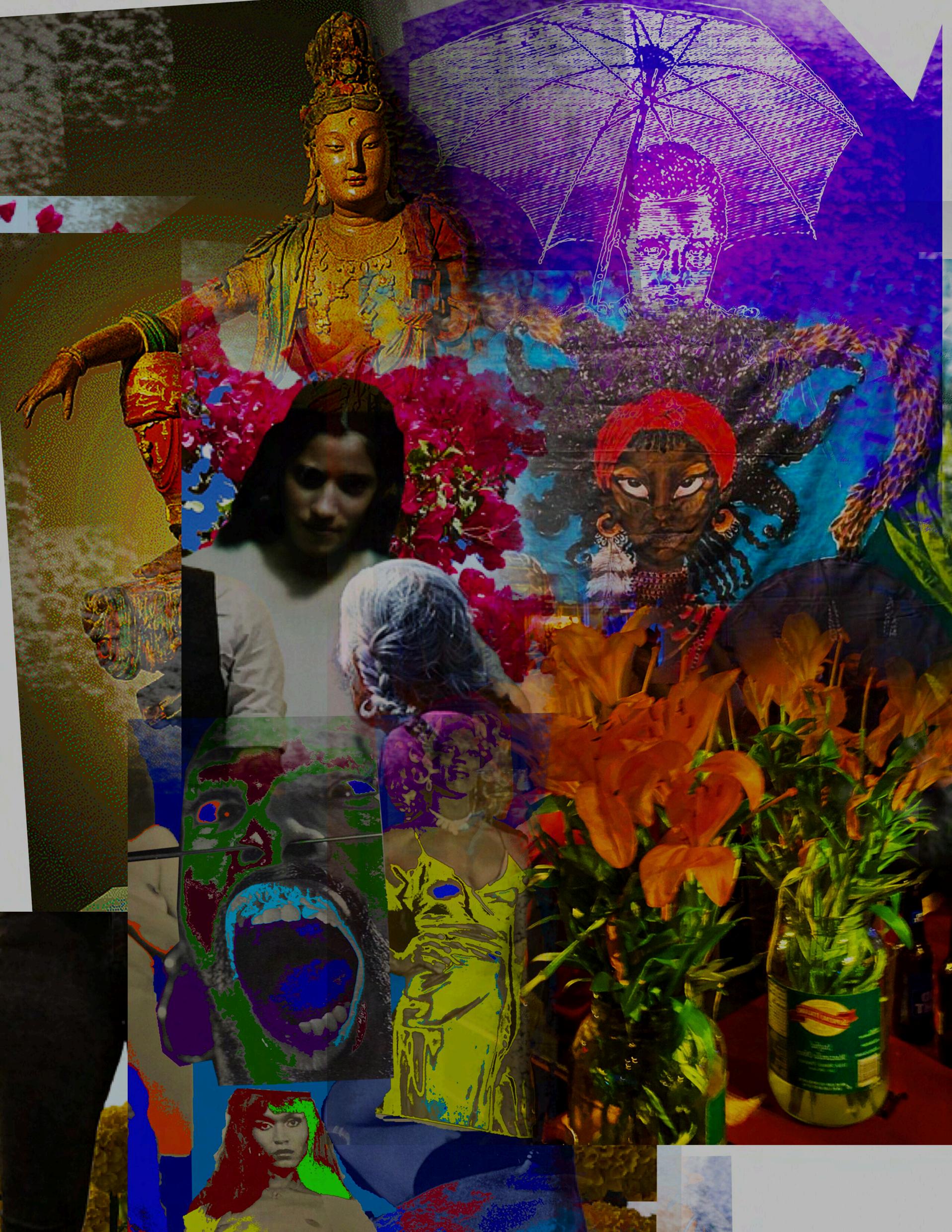

GVGK Tang
Joshua K. Reason Nathalie Nia Faulk


© 2024 Black, Indigenous, & Trans of Color Histories Lab all rights reserved bitpochistories.carrd.co @bitpochistories formatting/design and cover collage by GVGK Tang, clockwise from top left,
- Guanyin of the Southern Sea statue (c. 900-1200 CE), The Nelson-Atkins Museum of Art
- Frances Thompson press illustration (1876), Wikimedia Commons
- Xica Manicongo painting (date unknown) by Mamba Mavamba
- The SRO Lounge (2024) by Alejandrina M. Medina
- Trans Dungeons collage (2024) by Delan Ellington
- Specters that Speak collage (2024) by fabian romero
by Joshua K. Reason
God is a Trans Woman: A Brief History of the Guan Yin, Media, & Folklore in the Digital Age by GVGK Tang
Trans Personal Sexual-Addity by Delan Ellington
by Alejandrina M. Medina
Dreaming Space: a practice in reherstorying/ rehistorying Trans & Queer BIPOC by Nathalie Nia Faulk
Dear reader,
We have created this zine to honor our histories, index our presents, and critically imagine our futures. In doing so, we embrace the multiplicity of spaces and times that have shaped us as Black, Indigenous, and trans people of color across the diaspora—enacting what M. Jacqui Alexander theorizes as The Crossing (2005).
We write this letter in an age of worldwide conservativism and genocide, operating in the context of U.S. empire, a death machine that has made the exploitation and eradication of our communities central to its quest for global domination. Yet we are reassured by the ability of our people to make a way out of no way.
Storytelling is a people-powered pursuit. “Local Imaginaries, Global Resistance” is the first of many zine volumes that we will develop in the coming years. We dedicate this inaugural issue to our kindred, and offer this invocation… May we forever cherish and empower one another. May we conjure tangible, joyful connections to our roots. Together, may we forge a path ahead.
In love and solidarity,
Alejandrina M. Medina, Delan Ellington, fabian romero, GVGK Tang, Joshua K. Reason, Nathalie Nia Faulk
Co-Leads
The Black, Indigenous, and Trans of Color Histories Lab
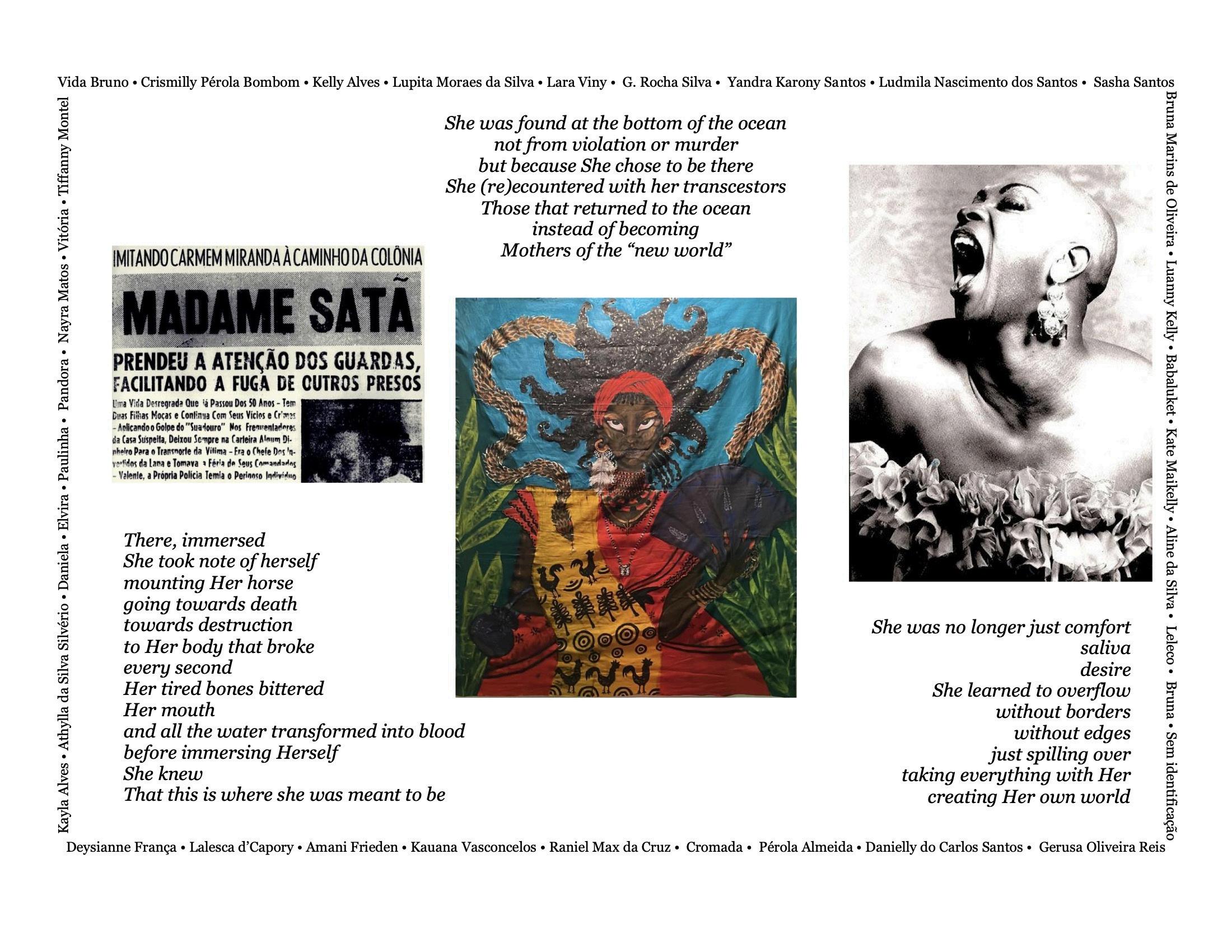

by Joshua K. Reason
I first encountered the figures pictured here in black box theaters. In 2018 I watched Xica, a play about the life and persecution of Brazil’s first known Black travesti. Written and performed by Coletivo das Liliths (Collective of Liliths), a theater troupe based Salvador da Bahia, Brazil, the play opens with a roll call for our Black LGBTQIA+ ancestors:
Today, here and now, I invoke the madame satans, the devil queens, the lizard fags, the Vitórias, the Marquesas and all of the Black LGBT people that have and will continue to contribute to the construction of Brazilian national identity. (André 1, translation mine)
These figures––known and unknown––are metonyms for Black transfemme lives past and present, spectral traces of people violently repressed by a conservative nation state. Though Brazil is often lauded as a racial-sexual paradise, it is also one of the most deadly countries for Black trans communities. Over the past eight years, organizations such as the National Association of Travestis and Transsexuals (ANTRA) and the Trans Observatory have conducted annual surveys of transphobic violence in Latin America. In this research, Brazil is routinely identified as the country with the highest documented rate of violence against trans people. Like Xica, this memorial aims to honor the lives of those lost to anti-Black and transphobic violence as well as envision new possibilities for Black trans folks in the present and future.
The border of the memorial names a chorus of Black transfemmes from the North-Northeast of Brazil, regions of the country that are of particular import to Black and Indigenous communities. The border serves to both honor those lost in recent memory and hold the images and poetry at the center. As is unfortunately the case across the Americas, many of those named were not properly mourned. Their chosen names were not respected in local and national media, images of their untimely deaths carelessly circulated for all to see, no family or friends called upon to honor their memory…It is through the registers created by ANTRA and the Trans Observatory that this specificity of mourning becomes possible. As with most registers of Black life in modern history, however, there are entries in these dossiers that have been left blank: sem identificação (unidentified). I incorporate this phrase into the border as a placeholder for all those I cannot
name or know, but still deserve to be honored and present. This wake work––care for the Black dead and dying––structures much of how I have come to understand myself as a scholar-artist.
The poem around the figures was written as part of a workshop I attended in 2022, organized by Georgenes Isaac: actor, director, and co-founder of Coletivo das Liliths. Georgenes invited us to write about a transcestor (trans + ancestor) that has shaped our understanding of gender and sexuality. After each participant wrote a paragraph, Georgenes would shuffle the papers and invite us to continue where someone else left off. This collective writing was followed by a ritual: as one person walked across the room holding a candle, another would read one of the stories aloud. This process of co-creation was an experiment in what would later become Outras Fábulas Magicas (Other Magical Fables), a performance composed of vignettes about minor figures from Salvador da Bahia and the surrounding metropolitan area. The inclusion of this co-creative writing exercise is a reflection of my own transition(s) in gender and sexuality alongside the performance practice of Coletivo das Liliths.
The images themselves––representations of/excerpts from the lives of the three figures––were selected to show the range and complexity of visual registers for Black trans folks. The painting of Xica Manicongo (center) by artist Mamba Mavamba speaks to the (im)possibility of knowing Xica on her own terms. Both the play and the painting attempt to (re)construct her image by juxtaposing the colonial register of her life with the experiences and aesthetics of Black transfemmes in the present. The newspaper excerpt of Madame Satã (left)––capoeira practitioner and transformista––highlights how she “captured the attention of the guards, facilitating the escape of other prisoners,” a reference to one of the many times the performer was imprisoned. Though there are many registers––historical and fictional––of her time in jail, the techniques in fugitivity gestured to in this excerpt are particularly compelling. Madame Satã is often referred to as a poor, Black, homosexual who had to resort to various forms of roguery for survival, but this excerpt opens the possibility for a more generous reading: How might these actions and labors––subterfuge as a practice in freedom––surface other understandings of her gender and sexuality? In a posthumously released photo, Vera Verão (right) is pictured in black and white wearing a ruffle dress and large earrings, mouth agape in a pose reminiscent of (or foreshadowing?) Lyle Ashton Harris’s Billie Holiday self-portraits. We see her in excess and ecstasy, a stark contrast to the illness and violence she
experienced throughout her career. I think often of the interview in which she articulates this aspect of her livingness––her embodiment of Vera Verão––as an entity connected to her spirituality. Someone who has been, is, and always will be a part of her.
This story does not have an end, it’s a beginning (André 20, translation mine)
The interconnectedness of the lives and legacies of Xica Manicongo, Madame Satã, Vera Verão, and the chorus of Black transfemmes in this memorial have helped orient my personal understandings of race, gender, and sexuality. Their stories have brought me comfort when I have felt alienated from the world. Their embodiments have served as blueprints for my own. Their opacity has opened me up to the capaciousness of transness across diaspora. Their technologies of resistance have helped me navigate a world that is otherwise untenable for people like us. I offer these words and images in reverence for all they have made possible for me. For us. For our past. Our present. Our future.
This is an interactive publication! Mark it up as you see fit... doodle in the margins, fold the pages, jot down your thoughts here.

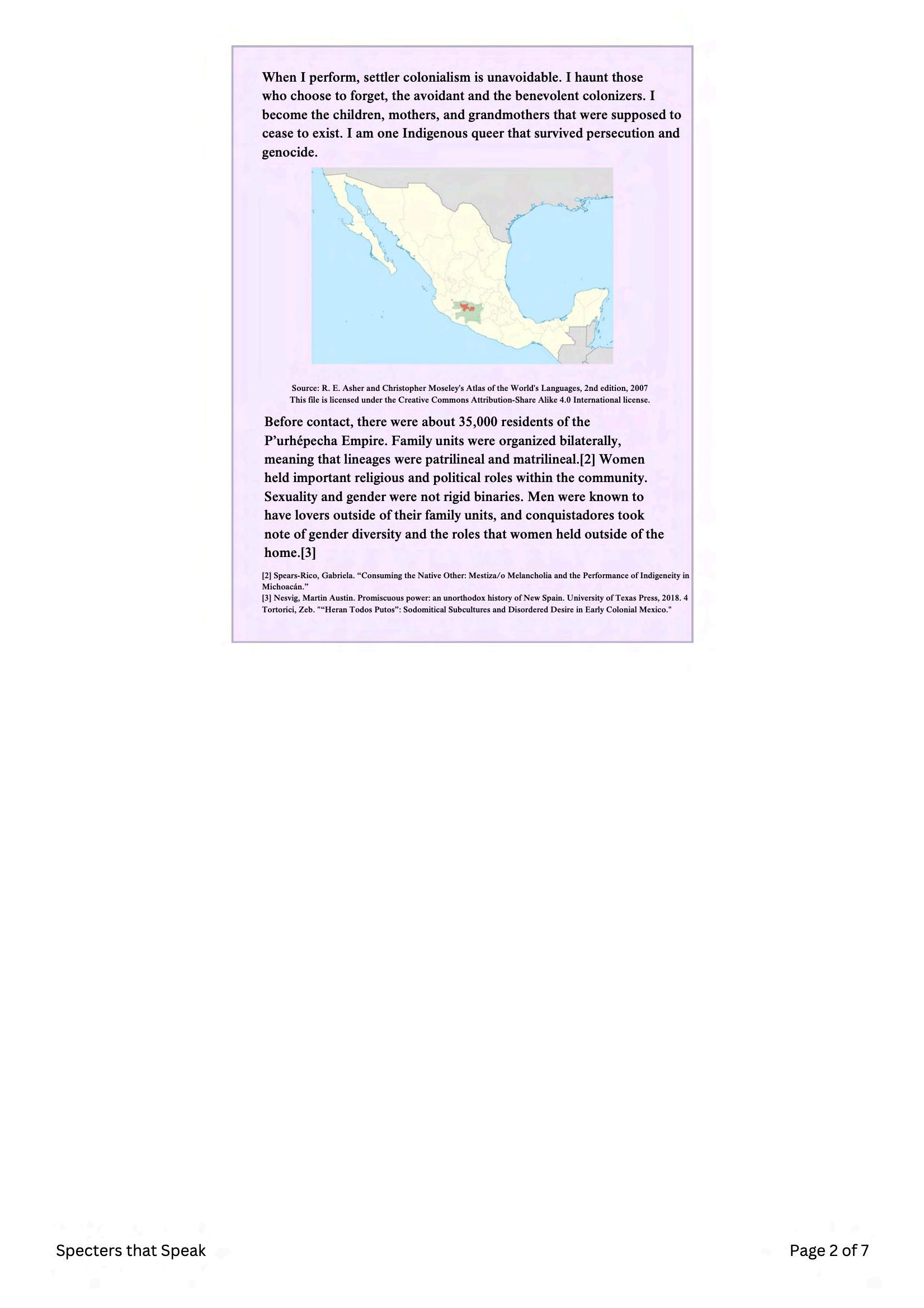

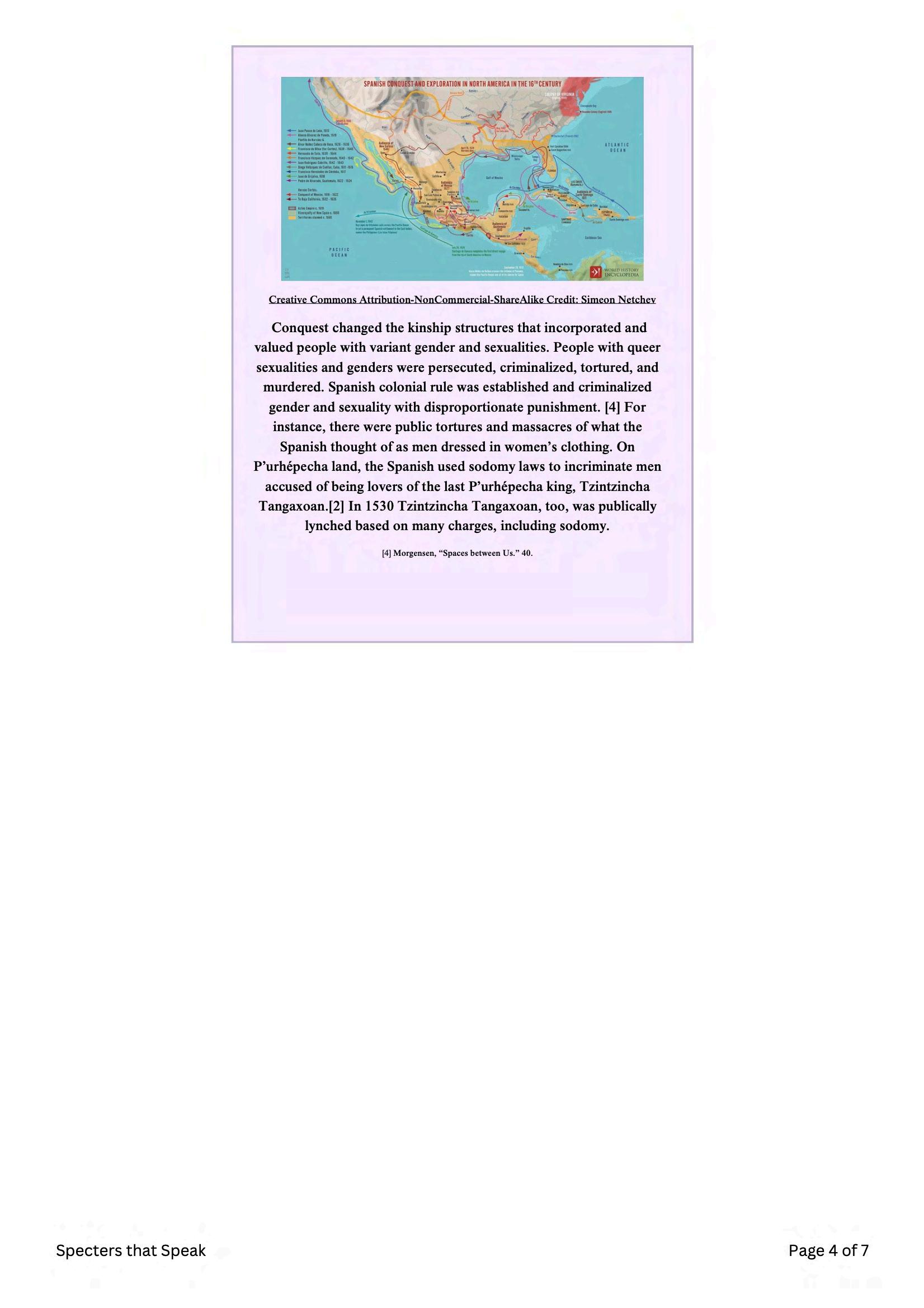
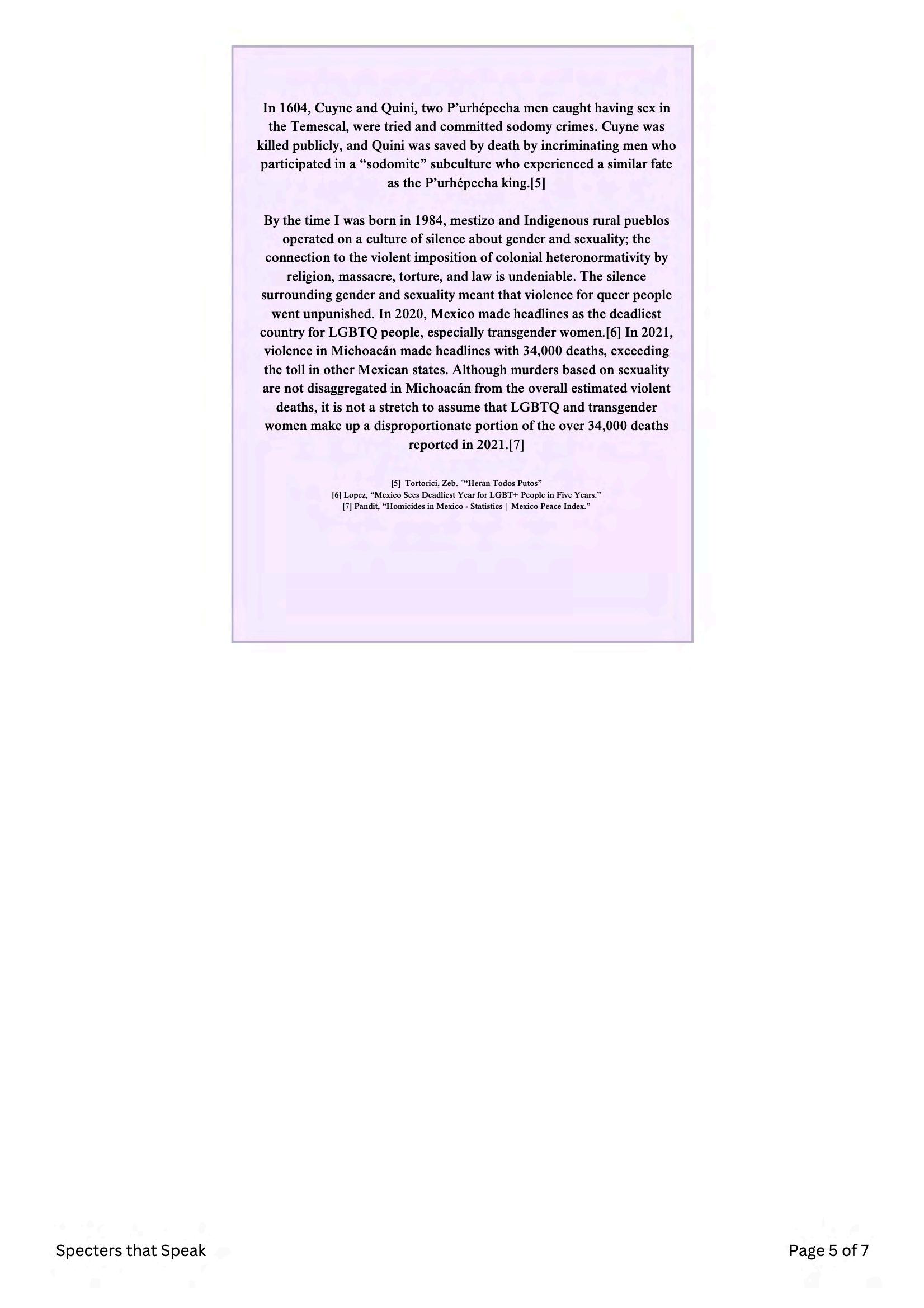
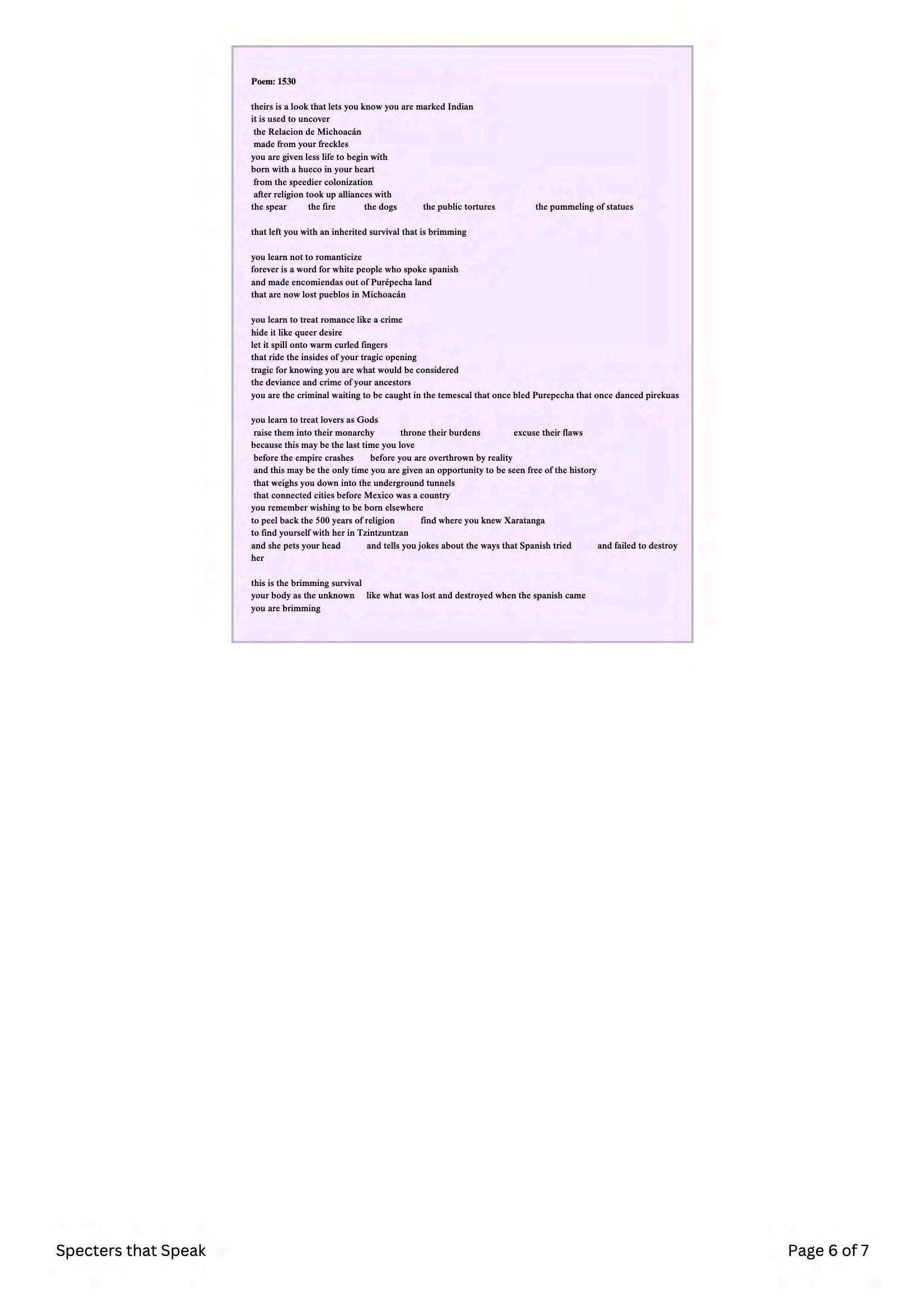

This is an interactive publication! Mark it up as you see fit... doodle in the margins, fold the pages, jot down your thoughts here.


This is an interactive publication! Mark it up as you see fit... doodle in the margins, fold the pages, jot down your thoughts here.
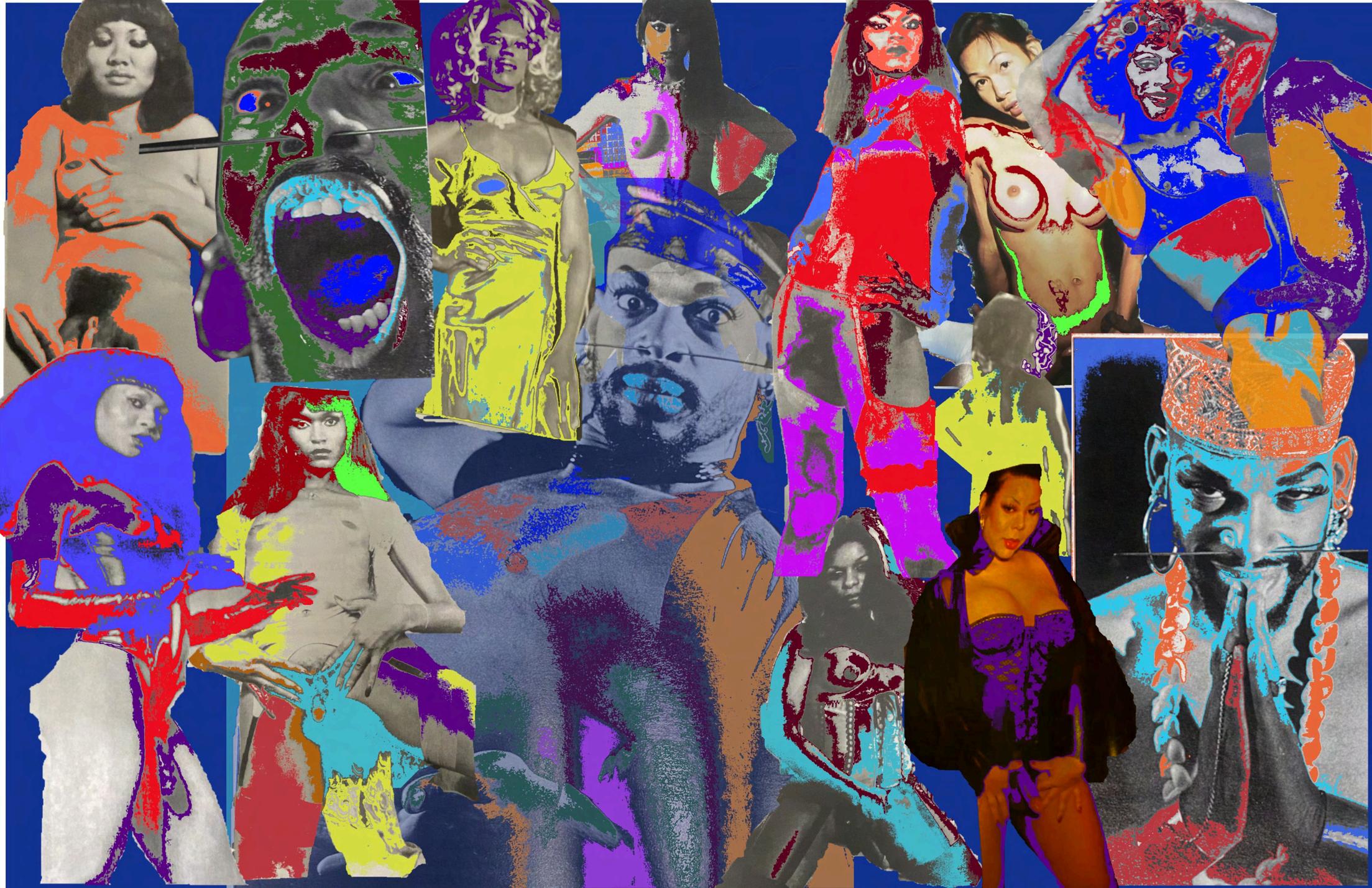

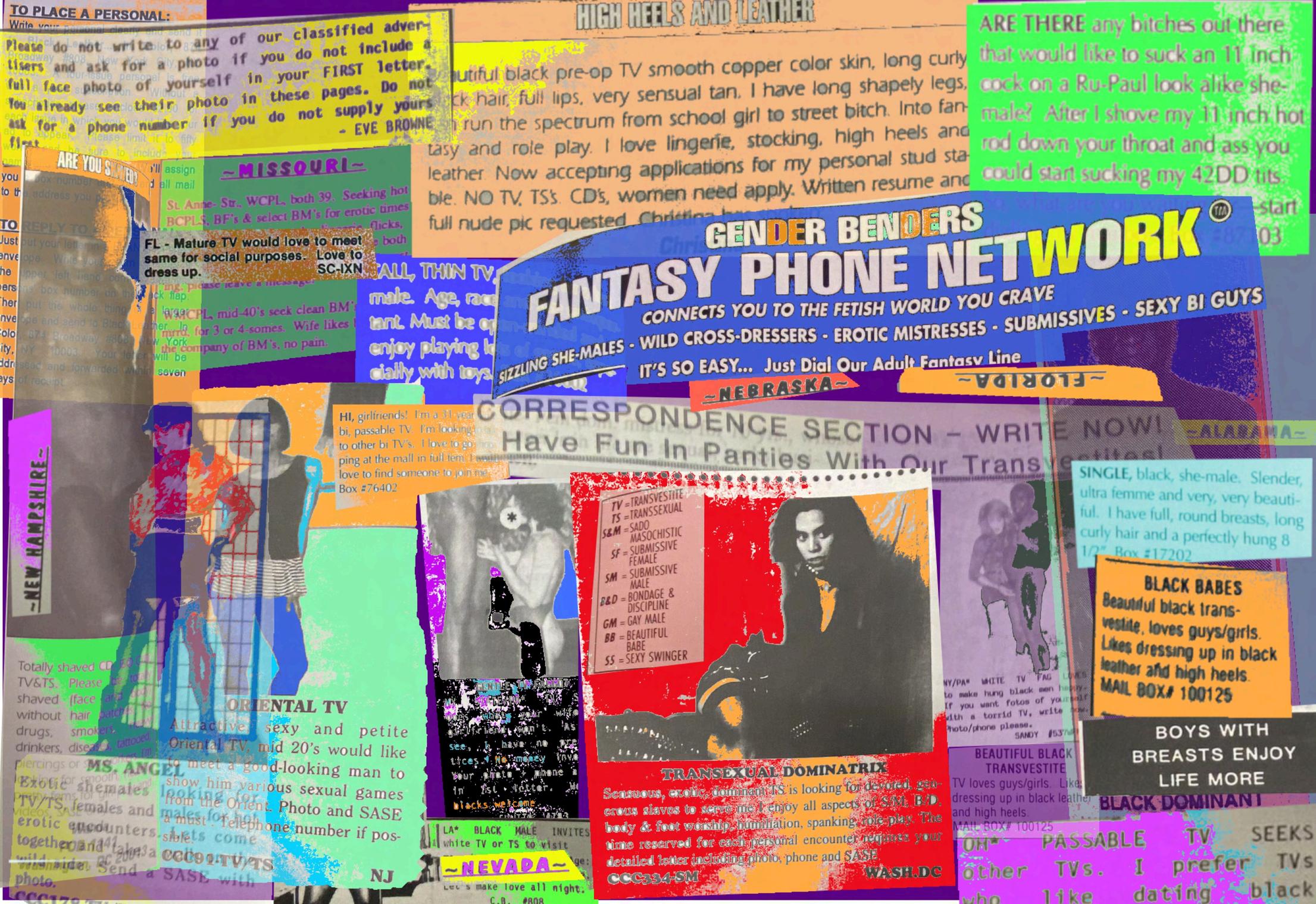

by Delan Ellington
These two collages represent a collection of BIPOC transgender and transsexual individuals, along with their BIPOC admirers, advertising for sex, companionship, and friendship. These individuals, many of whom belong to the working and middle classes, seek to find what they desire and deserve as human beings. The periodicals from which these collages are derived range from 1983 to 2000, showcasing an economy of sexual desire and a keen interest in connecting with like-minded individuals and those who appreciated them despite societal disdain.
The rhetoric surrounding trans people often denies their historical existence and portrays them as undesirable. Moreover, those who desire trans individuals are frequently subjected to ridicule, scorn, and humiliation. This collection challenges such misconceptions by presenting authentic expressions of desire and companionship.
The first collage showcases many BIPOC femme and gender nonconforming bodies, including the genitalia that often attracts the morbid fascination of bigots. The second collage provides context through personal ads, a glossary of terms, and the inclusion of several states where the ads were posted, demonstrating the widespread and normal nature of these desires historically and today.
These periodicals were niche publications, serving as safe spaces for trans bodies and their admirers to exist without fear of repercussions. By highlighting these images and ads in an art pop-inspired fashion, this collection seeks to demystify trans ancestors and community elders, illustrating that trans and gender non-conforming individuals have always been a part of the desire economy, beyond just the realm of sex work.
Archive
Leather Archives and Museum, Chicago Illinois, Accessed 10/14/2023 & 10/28/2023.
Personal Ads
Black Leather… in Color Vol. 1, # 1, Winter 1994.
Black Leather… in Color Vol. 1, # 2, Summer 1994.
Black Leather… in Color Vol. 1, # 3, Fall 1994.
Black Leather… in Color Vol. 1, # 4, 1995.
Black Leather… in Color Vol. 1, # 5, Fall 1995
Black Leather… in Color Issue # 6, Summer 1996
Black Leather… in Color Issue # 7, Spring/Summer 1997
Black Leather… in Color Issue #8 Fall/Winter 2000
Drag Times vol. 1, #45, Nov 1990.
Drag Times vol. 1, #57. *
Drag Times vol. 1, #68. *
House of Horrors: The Bondage Report, vol 1 #1. *
The Transvestian Vol 2 No. 1, 1983.
The Transvestian Vol 8 No. 11. *
Photos
Body Play & Modern Primitives Quarterly Vol. 1, # 3, 1992.
Glamour Guy (She-Male Magazine) Vol 4 issue 5. *
Jack in Jill Vol.2 issue 6. *
Kim Christy’s Sissy Exposé issue #37, vol. 6, #1, 1997.
She Male Magic vol. 7-1. *
Ads & Pics
Shemale: Illusion Guide, vol 5, #1, 2000.
Shemale: Illusion Guide, vol 5, #2, 2000.
*Date was not easily discernable in the magazine.
This is an interactive publication! Mark it up as you see fit... doodle in the margins, fold the pages, jot down your thoughts here.

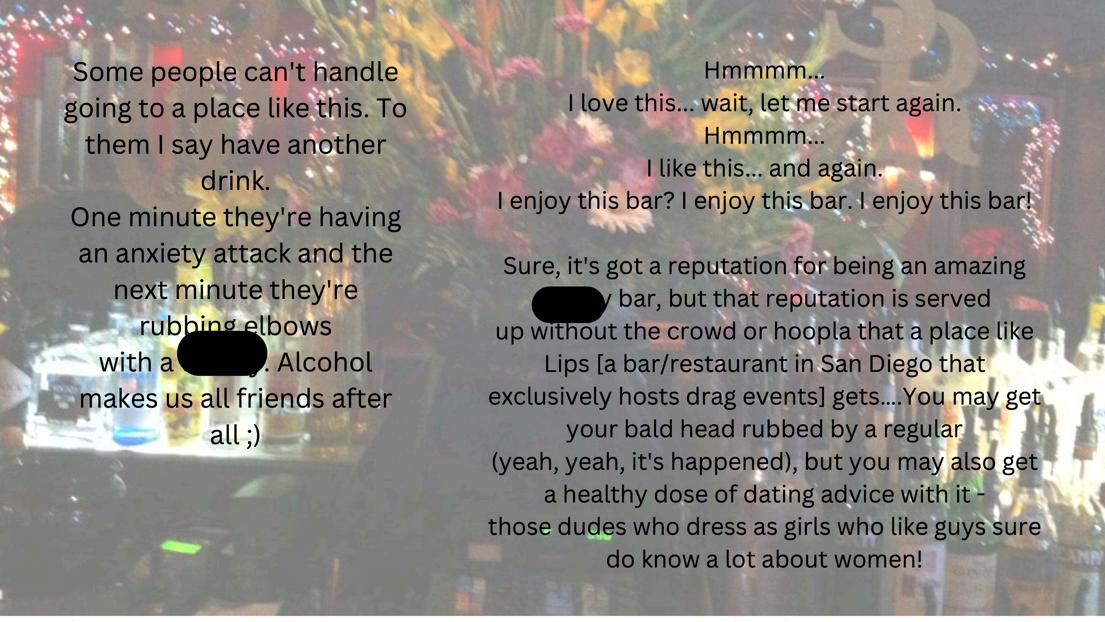

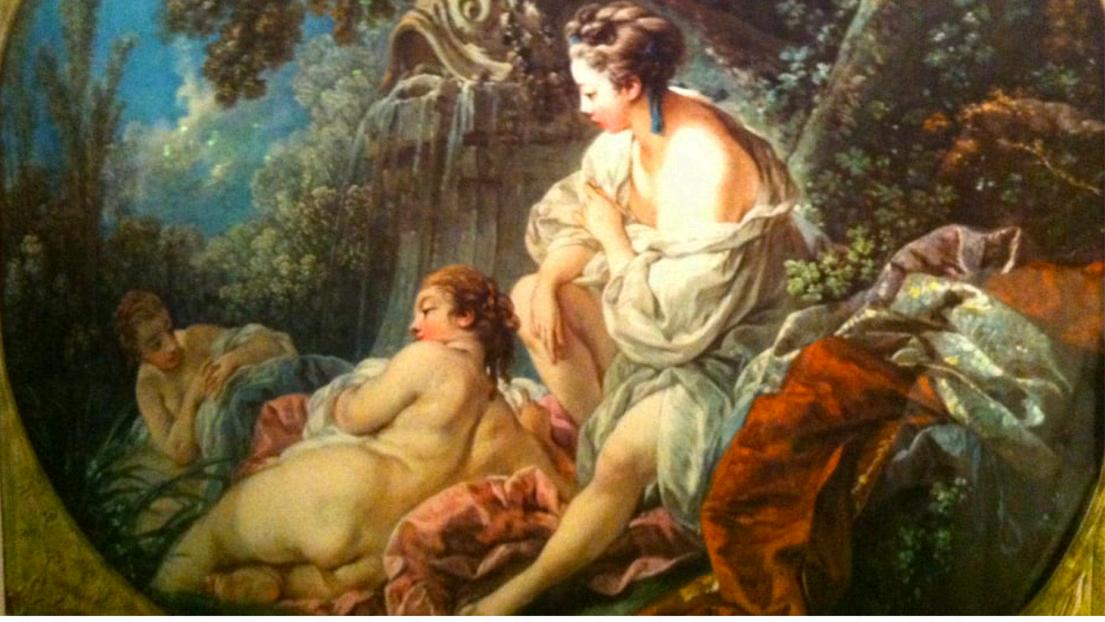

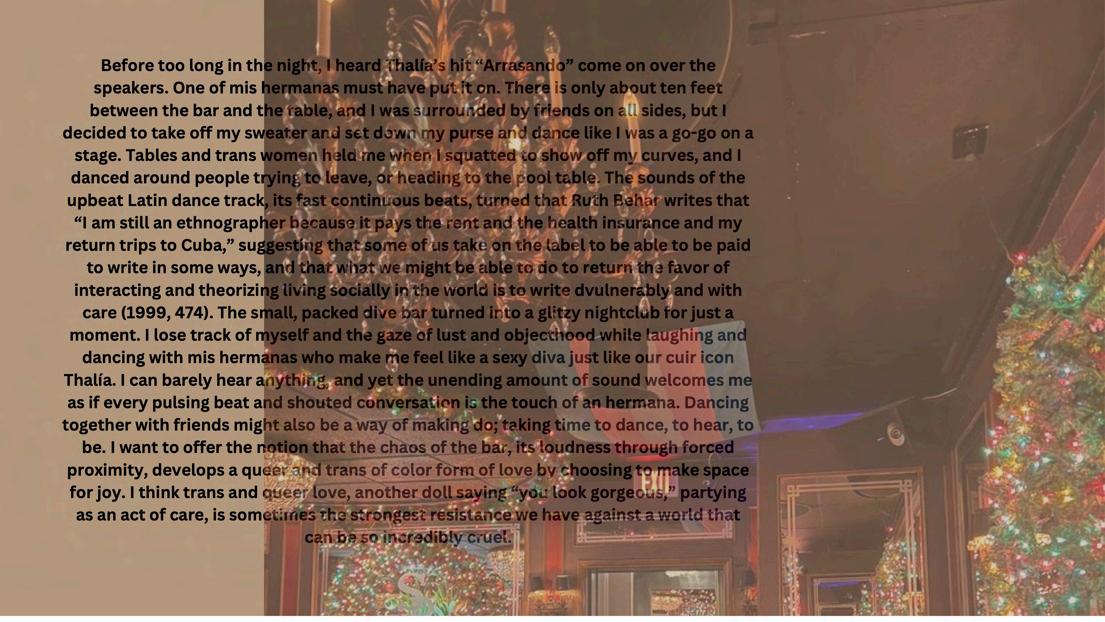
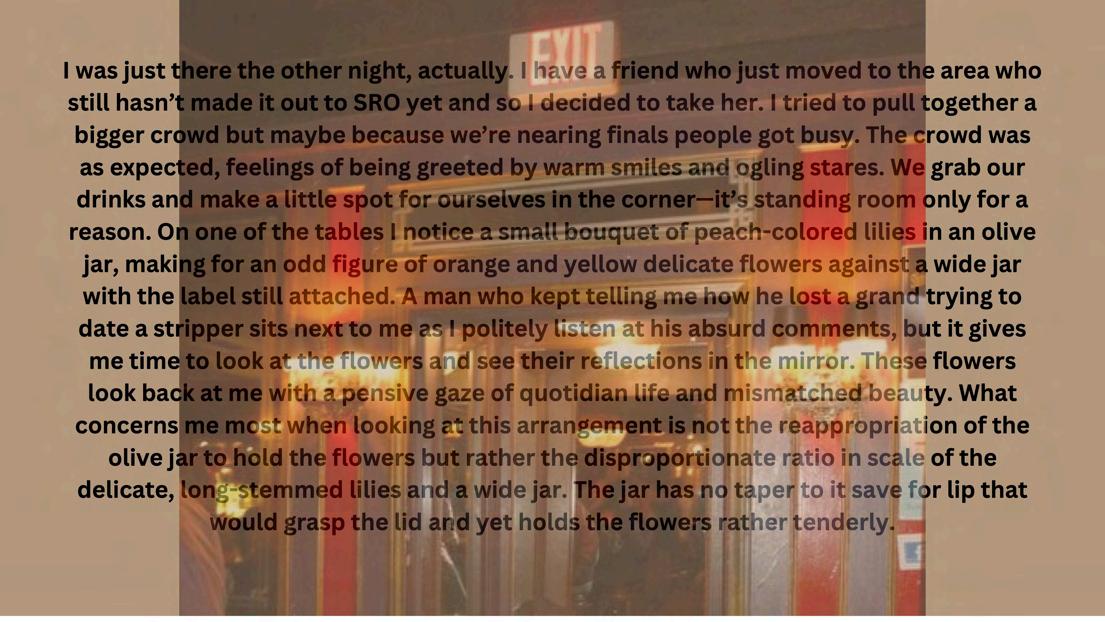
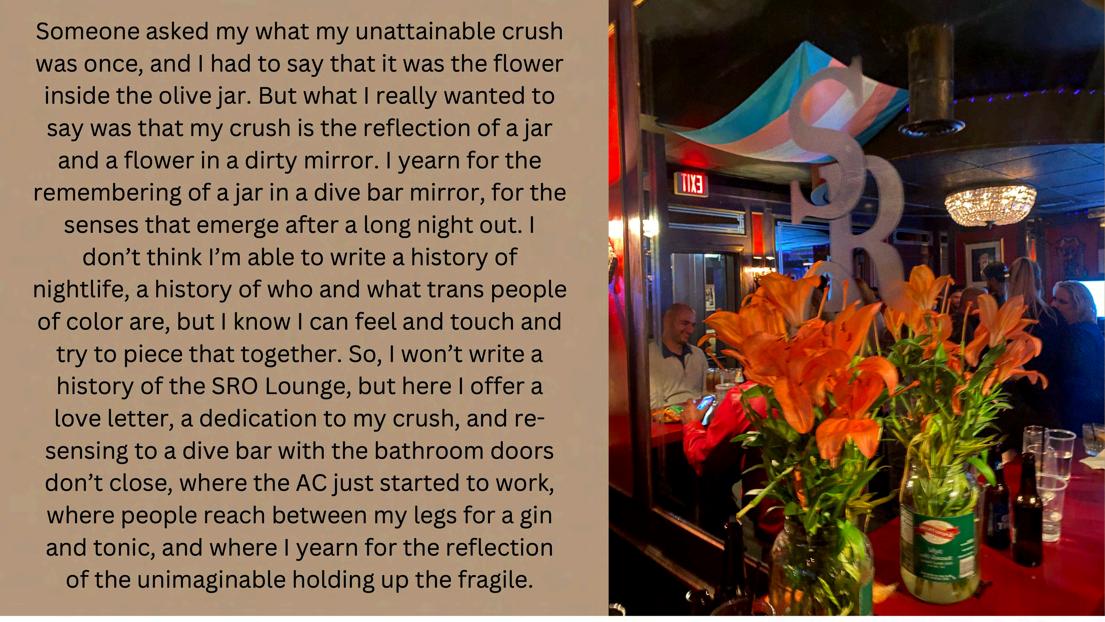
This is an interactive publication! Mark it up as you see fit... doodle in the margins, fold the pages, jot down your thoughts here.
by EbonySouthernBelle aka Nathalie Nia Faulk

Ever since there has been oppression, there has been struggle. It goes without saying that the history of fighting for a more equitable word is a long one—filled with many different strategies and many different people.
What we often don’t realize is that Trans People of Color have served key roles in movement history and infrastructure. The following timeline invites you to reposition us as central to social movement spaces—to feel it is our birthright to create, be in and even lead these spaces in whichever way we see fit.
Trans and Queer People of Color have always been the fuel that powers our social justice movements, the ointment when we need a remedy, the innovation when we needed hope. This timeline features only a few of the many examples of transcestors whom we honor and offer our solidarity across time—our people at the intersection of many fights for justice.
The call: to reclaim and remind others that the solidarity in which we move is the solidarity in which we all should be moving. Take a moment to peruse, but know that our freedom is interconnected. Trans and Gender Expansive People of Color often model that in practice—may we all do the same.
Who am I?
• Black Trans Ebony Southern Belle
• A community trained Oral Historian
• A student of History, BA from The University of New Orleans
• A healing justice organizer, facilitator, performing artist, and master affirmation giver
• A Beyoncé Enthusiast
Why now?
• This is a crucial time, the legislation is shifting (particularly in my state of Louisiana)
• Nationally, we saw 500 plus anti-trans and queer bills in 2023
• This is a moment to correct mishistories of transness as something new, and instead places is at the center of thriving communties and critical components of social formations
• This is a call for trans folks to reimagine what is possible, and what has been possible for our lives, and in this life time
Why this?
• The Age of Information, aka The Age of Aquarius, is a moment when we’re trying to build a new world based on those who came before us and extant information we have about trans people, trans histories
• We are broadening the trans historical narrative from one of scandal, death, and violence to include stories of healers, spiritual guides, ritual keepers, and, in some places, embodiments of god
• This is a moment to combat the erasure of trans literature and stories happening at the local level
• This is a reminder, above all, that there is so much magic and inherent value in trans and gender variant bodies, that we have been at the forefront of movements that include, but do not often center trans justice


In what is today Angola, Queen Nzinga and the Dahomey Warriors demonstrate how gender expansive people have helped maintain community structure and safety.
InthePhilippines, theBabaylan (femaleandoften male)community healers,and spiritualleaders, oneofmany lineagesofour modernhealing practices.


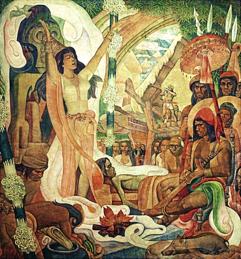

Inthe1880s,WilliamDorseySwannnotonly becamethefirstAmericanactivisttoleada queerresistancegroup;healsobecame,in thesamedecade,thefirstknownpersonto dubhimselfa“queenofdrag.”In1896, Swannwasconvictedandsentencedto10 monthsinjailonthefalsechargeof“keeping adisorderlyhouse”—aeuphemismfor runningabrothel.Swanndemanded(andwas denied)apardonfromPresidentGrover Cleveland.Swannandhiscommunitycalled an“organizationofcolorederotopaths”anda “lecherousgangofsexualperverts.”Heisthe earliestrecordedAmericantotakespecific legal/politicalstepstodefendthetransand queercommunity’srighttogatherwithout thethreatofcriminalizationandsuppression -fightingstatesanctionedviolence.

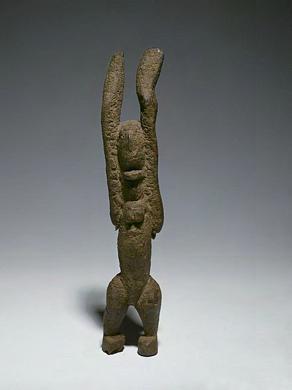
Dogon Tribe of West Africa uphold the norm that the androgynous being is the perfect human. In the Dogon religion, Nommo are ancestral spirits that are both male and female.



AftertheMemphisMassacreof1866,FrancesThompson spokeoutonbehalfofhercommunity.Sheprovidedher eyewitnessaccountoftheviolenceandatrocity.Sheis believedtobethefirsttranspersontoaddressthenational congressionalbody.Hertestimony,amongothers,eventually ledtotheReconstructionActs,theEnforcementActs,andthe FourteenthAmendment,whichtogetherextendedcitizenship, civilrightsandpoliticalrepresentationtoBlackAmericans.

HosteenKlahwasaNavajo artist,healer,andnádleehi -“onewhoischanged”or “onewhoistransformed.” Theyheldaroleasa weaveraswellasa chanter,rolesusually designedforseparate genderroles.Klah documentedNavajo religionandceremony.In 1934,theypresenteda sandpainting demonstrationatthe CenturyofProgress ExhibitioninChicago.





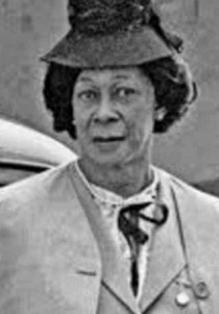

LucyHicksAndersonlivedherwholelife asawomanfromchildhood.Shewasthe firsttranswoman,andfirstBlacktrans woman,todefendheridentityincourt, saying“Idefyanydoctorintheworldto provethatIamnotawoman...Ihave lived,dressed,andactedjustwhatIam—a woman.”Shewassentencedto10years probationfor“lying”onhermarriage licenseandreceivingGIbenefitsasthe wifeofasoldier.Hercasewasacallfor controloverone’sbodyandtherightto union(weeventuallysawintheearly 2000s).Outsideofthis,Lucywasaknown bootleggerwhowasattheforefrontof harmreductionpracticesasamadam.


•HouseofTulip’sStabilizationCenterprovidesmeals, showers,beds,andcomputeraccessforTGNCfolksin Louisiana.
•MySistah’sHouseisproducingnewmodels,usingtiny housestodeveloplongtermssolutionstohousing insecurityinMemphis.
•TrueColorsFoundationisanationalleadingvoicein addressingLGBTQ+BIPOCyouthhomelessness.



plantedtheseedsfortheLaborRightsmovementwe seetoday.HerpartnershipwithReddFoxxisaperfect BayardRustinco-founded theCongressofRacial EqualityandadvisedMartin LutherKing,Jr.onthe MontgomeryBusBoycott.As agayman,hiscontributions asacivilrightsleaderhave oftenbeenoverlookedin popularunderstandingsof theMarchonWashington andincivilrightshistory.


TheseareafewexamplesofhowTransandQueer communitiesofcolorarehelpingtodefinehowwe addresshousinginsecurity!

•BreakOUT!(NewOrleans)supportedPolicy402ofthe NewOrleansPoliceDepartment(prohibitingprofiling onthebasisofgenderexpression,genderidentity,or sexualorientation).It’sshiftingthestandardsforpolice interactingwithTranspeople,pushedforbodycamsin allinteractions.

•BlackTransorganizerKaryRoberts,alongsideCritical Resistance,wasinstrumentalintheclosingofprisons.
•BlackTransorganizerWendiCooperandWomenwith aVisionledthefightagainstCrimeAgainstNatureby Solicitation(targetingtransandqueersexworkers). Theireffortswerethesubjectofadocumentary, CANS Can't Stand
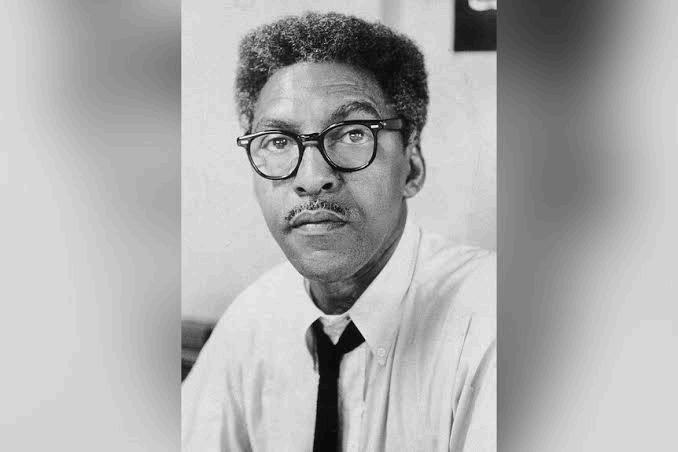

•SouthernersonNewGround(SONG)worksacross criminalizations,immigration,andsomanymore intersectingLGBTQissues.
•SouthernOrganizerAcademybringstogether organizersacrossmovementstolearn,build relationships,andsharpenskillsinaneffortto strengthenregionalmovementinfrastructure.
•SouthernMovementAssemblyisusingthepowerof PeoplesMovementAssembliestocreatemore infrastructure,buildingcommunityandcollective actionfromthebottomup.
Key Takeaways:
• Spiritually, socially, strategically, Trans and Gender Expansive People of Color people are at the core of and have been crucial to advancing our move towards liberations
• It is important for us to be rooted in this history, so that we can be reaffirmed in our own existence and even our calling to be leaders, healers, and space holders in movement work or even our families, communities, and beyond
• The history of social change is inseparable from trans and queer folks—we have always been the change
• We hope to move from a palace of unclarity, targeting, tokenization, and assumption... to a place of celebration, inclusion, expanded accesses, selfdetermination, and reclaiming of community leadership
Considerations & Calls to Action:
• How are you challenging Trans of Color narratives currently? Historically?
• It is up to us to support each other, skill each other up, and take our historical place in society.
• If you're an ally or an accomplice, how are you making room for trans folks of color to hold space? How are you providing them opportunities?
• What might the world look like if we allowed trans and GNC folks to reclaim positions they historically held as healers, spiritual guides, radicalized thinkers, and symbols for inherently challenging what we think is normal?
In Closing:
We’ve only scratched the surface of this topic. If you would like to continue to be in conversation, please reach out to me. If you have something to add to this graphic timeline, please reach out. I hope to dive deeper into culture, spirituality, and sensuality next. Huge shoutout to Last Call Oral History Project, The Feminine Gardens, ___ Zine and so many more people.
What seed can be planted today, so that in seven months, seven years, or seven generations... trans folks of color can live lives rooted in self determinations and not just societal acceptance, but social inclusion. I’ll leave you with a quote from Mother Angela Davis:
“If we want to develop an intersectional perspective, the trans community is showing us the way. And we can't only point to, and we need to point, to cases such as the murder of Tony McDade, for example. But we need to go beyond that and recognize that we support the trans community precisely because this community has taught us how to challenge that which is totally accepted as normal. And I don't think we would be where we are today—encouraging ever larger numbers of people to think within an abolitionist frame —had not the trans community taught us that it is possible to effectively challenge that which is considered the very foundation of our sense of normalcy. So if it is possible to challenge the gender binary, then we can certainly, effectively, resist prisons, and jails, and police.”
This is an interactive publication! Mark it up as you see fit... doodle in the margins, fold the pages, jot down your thoughts here.
Alejandrina M. Medina is an experimental writer whose work theorizes state power, aesthetic production, and sensorial knowledge through 20th and 21st Century Latinx/Latin American music, sound, and performance. She holds a BM in Performance Studies from Lawrence University and is pursuing a PhD in Integrative Studies with an emphasis in Critical Gender Studies at UC San Diego. Her dissertation on LOUDNESS is a love letter to depressed trans Latinas who feel like they’re too much. She sits on the executive board of Proyecto Trans Latinas. She can usually be found yearning queerly, with her cat María Carmen, or singing a bolero at karaoke —ideally all three.
Delan Ellington (they/he) earned a master’s degree in public history from Howard University in 2022. Their research has focused on collecting and preserving Black queer DC history, emphasizing spaces like the ClubHouse and ENIK Alley Coffeehouse. Delan has served on the Rainbow History Project's board of directors. Their work has been featured in documentaries and recognized in the Washington City Paper’s 2021 People Issue. Delan presented at TEDxFoggyBottom 2022 addressing Trans visibility in archives. Delan has served as an organizer with the Black Youth Project 100, Harriet's Wildest Dreams, and No Justice No Pride, championing housing and aid for trans youth.
fabian romero (P’urhépecha) is an assistant professor in the Department of Comparative Studies and affiliated faculty in American Indian and Ethnic Studies at the Ohio State University. Fabian’s work explores the manifestations of colonial heteropatriarchy in contemporary mestizo P’urhépecha heritage family structures in Michoacán and the diaspora. You can find their work in Troubling the Line: Trans and Genderqueer Poetry and Poetics, Untangling the Knot: Queer Voices on Marriage, Relationships & Identity, Writing the Walls Down: A Convergence of LGBTQ Voices, and their self-published chapbook Mountains of Another Kind.
GVGK Tang is a public historian, digital humanist, and media scholar. GVGK has served as a researcher for the Smithsonian, National Endowment for the Humanities, John J. Wilcox, Jr. LGBT Archives, and Historical Society of Pennsylvania. GVGK has been published by Oxford University Press, The American Archivist, and UCLA Design Media Arts. GVGK has served on the National Council on Public History’s Inclusion and Long Range Planning Committees, and co-chaired the Society for Queer Asian Studies. GVGK organizes The T4T Project (a zine by/for/about trans artists & storytellers of color) and Kin/Folk/Lore (a community-led oral history project in Philadelphia).
Joshua K. Reason (they/them) is a transdisciplinary, multimodal scholarartist from the Bay Area. Their research and creative work are rooted in a fervent commitment to connect the aesthetics, longings, and political strivings of Black communities across the Americas. Their work has been published in The Black Scholar, The Journal of American Culture, The Journal of Black Sexuality and Relationships, and becoming undisciplined: a zine. In addition to finishing their PhD in Africana Studies at the University of Pennsylvania, Joshua is producing a documentary about Black : Indigenous LGBTQIAPN+ artists in Northern-Northeastern Brazil.
Nathalie Nia Faulk (she/her) is a self-described Ebony Southern Belle based in New Orleans. Her work blends performance, History, Healing Justice, and Cultural Organizing. Currently, she serves as Co-Director of Southern Organizer Academy, Co-Director of Last Call Oral History Project, and as the Cultural Organizing Programs Manager for Alternate ROOTS. She serves on the Boards of Transcending Women, BreakOUT!, LOUD Queer Youth Theatre, and PFLAG NOLA. She has performed across the country in Alleged Lesbian Activities, Personal Space, and InFringe Fest. Nia believes everyone is inherently valuable and beautiful and collectively, we can manifest everything!
The Black, Indigenous, & Trans of Color Histories Lab is a collaborative led by six interdisciplinary scholars from across the United States. Since 2021, we have gathered to investigate one essential question—“What does historywork by, for, and about trans people of color look like?” We define historywork as any form of history-making or history-telling—beyond the dichotomy of academic and public history—inclusive of grassroots art and storytelling that engages the past.
We represent trans of color knowledge production across divergent disciplines— including anthropology, sociology, archival work, curation, oral history, digital humanities, film studies, sound studies, performance, and poetry. Our four main focus areas are: (1) art, folklore, and mythology as decolonial history; (2) memory work and cultural work as activism and resistance; (3) community care through grassroots preservation and knowledge production; (4) historiographic reparations vis-à-vis the gaps and silences of the archive, especially those rooted in transmisogynoir.
We have three initiatives—publications, events, and collaboratives. Together, they comprise an ongoing, community-facilitated research and interpretive process that brings grassroots scholars, creatives, and community organizers together through interactive dialogues. We are not mere subjects, but also creators of projects pertaining to trans life. Universities and museums cannot teach us the power of our communities. We seek new avenues of creative kinship and scholarship.
By interweaving social justice praxis with trans of color histories across the diaspora, we offer expansive opportunities for humanistic inquiry, knowledge production and exchange. We explore trans of color pasts, reflect on trans of color presents, and imagine trans of color futures.
Learn more: bitpochistories.carrd.co
Connect with us: @bitpochistories
Join our newsletter: eepurl.com/i01kVQ
Black, Indigenous, & Trans of Color Histories Lab ©
a trans of color history zine: local imaginaries, global resistance

